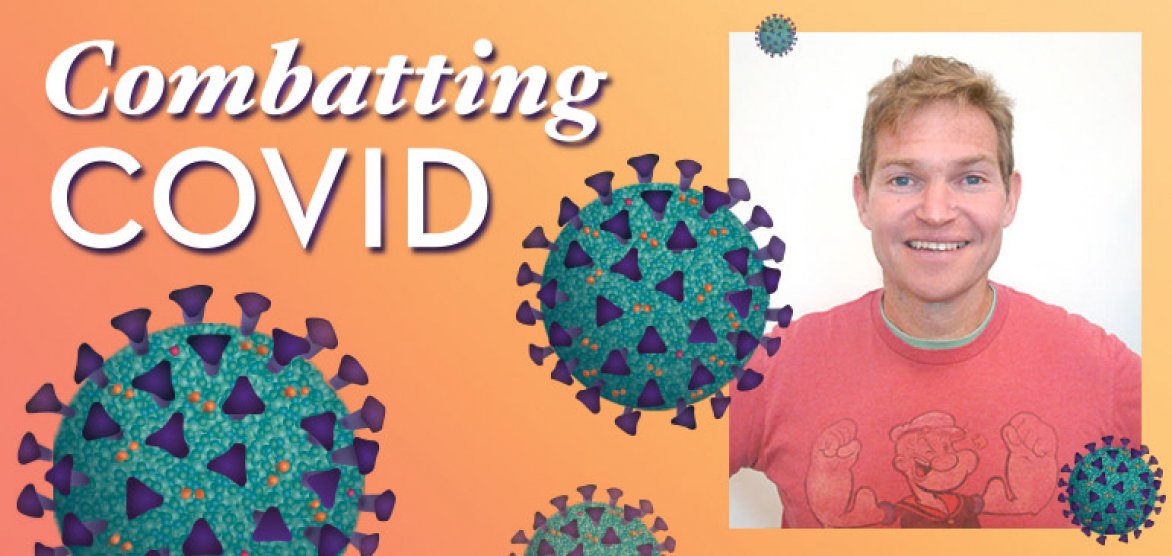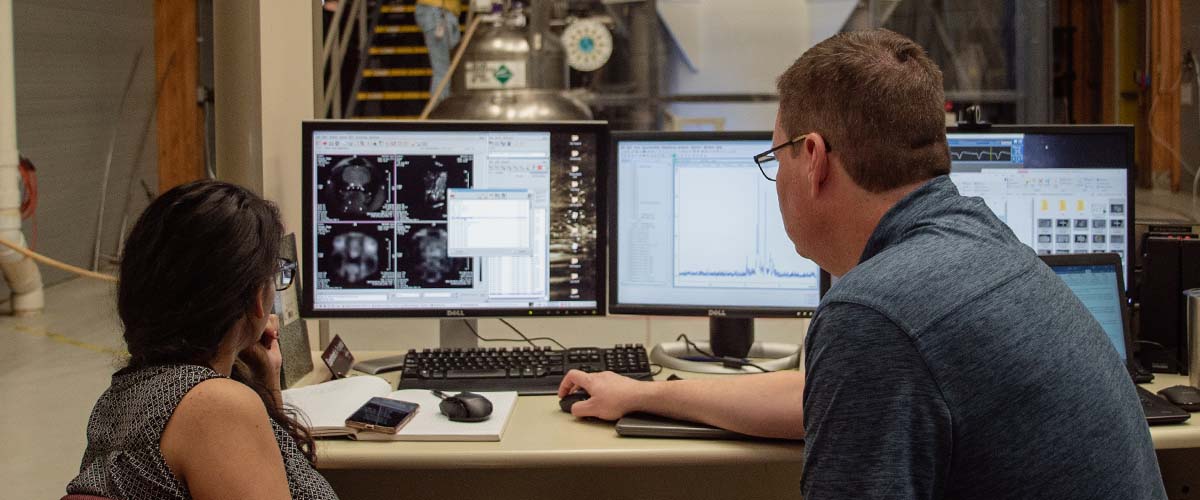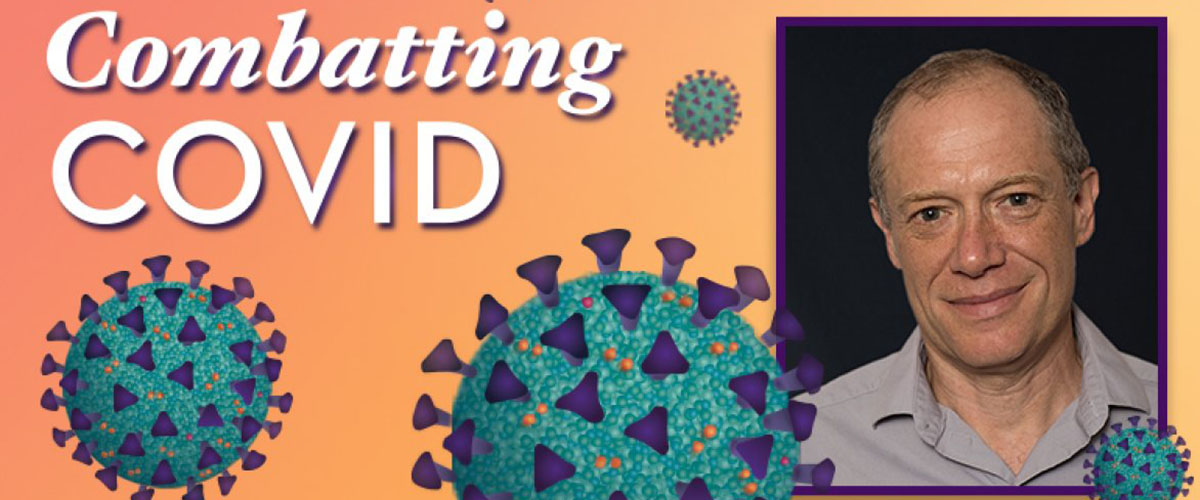Malisa Sarntinoranont is a mechanical engineer at the University of Florida (UF), so you might be surprised to learn that one of her recent research trips took her deep into the center of the brain.
Turns out there's a lot of mechanical engineering going on inside our noggins, in particular fluid dynamics, Sarntinoranont's specialty.
Mammals have four interconnected cavities, called ventricles, under all our gray matter, and they are not well understood.

Malisa Sarntinoranont
"There's a big physiological question about what is the role of the ventricles," said Sarntinoranont, an associate professor in UF's Department of Mechanical & Aerospace Engineering. "Why do you have these big fluid spaces in your head?"
Some scientists suspect they play a role in flushing waste out of the brain, and Sarntinoranont and her research team, using powerful magnetic resonance imaging (MRI) magnets, are mapping out that system in amazing detail.
It's an important topic. The lymphatic system, which removes bacteria, damaged cells and other waste from the body, doesn't extend to the brain. So, the brain must use some other tool to stay fresh and clean. Some scientists believe the malfunction of that tool may play a role in diseases like Alzheimer's and type 2 diabetes.
To better understand what happens under our skulls, Sarntinoranont's team injected a tracer, a compound that would show up clearly in an MRI scan, into the ventricles of rodents. Then, one cross-section at a time, they meticulously scanned the brains to see where the tracer flowed, accumulating hundreds of two-dimensional images.
Each of these scans showed countless pathways crisscrossing the brain. The pathways are the perivascular space, or PVS, tube-like spaces that surround some of the brain's blood vessels, like a straw around a pipe cleaner.
Although scientists knew about the PVS network, they had never seen it in the detail revealed by the 17.6- tesla x Tesla, or T, is a unit of magnetic field strength; a strong refrigerator magnet is .01 tesla, and a typical MRI machine is 1.5 to 3 tesla. The MagLab's strongest persistent magnet has a field of 45 teslas. magnet used by the team, located at the National High Magnetic Field Laboratory's UF branch. And the scientists are now translating that data into something truly extraordinary, a three-dimensional map that will show how all these pathways interconnect throughout the brain. Sarntinoranont said that map should be completed by the end of the year.
"Think of it as strings of spaghetti," she said. "There's a lot of spaghetti in there that we have to connect."
Sarntinoranont created this video of the perivascular space in a rat's brain from MRI scans. Her group is creating a three-dimensional map that will show how all these pathways interconnect throughout the brain.
The group's work sheds new light on the PVS puzzle because it delves deeper than the brain's better-understood surface, revealing links between the ventricles and the PVS.
"One of the beautiful things about MRI is it gives you the ability to look at interior structures," Sarntinoranont said.
There is still plenty to learn — exactly what fluids are transported and in what direction, for example. Sarntinoranont said the completed 3D map will help her develop computational fluid dynamic models of the brain that could predict flow patterns and waste clearance in the brain.
In the meantime, she enjoys watching the 3D map come together.
"It's like, 'Oh my goodness, there is so much hidden information in these scans,'" she said. "It's really gratifying."
Also contributing to this research were UF graduate students Julian Rey and Kulam Magdoom and Tom Mareci, associate director of the MagLab's Advanced Magnetic Resonance Imaging and Spectroscopy Facility at UF.
Story by Kristen Coyne






